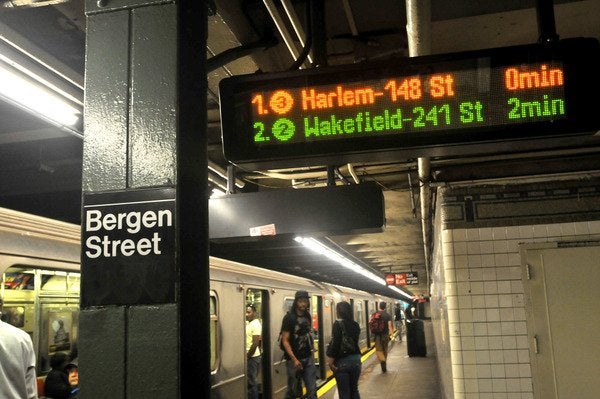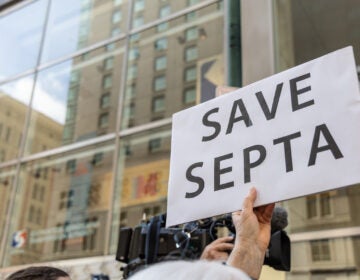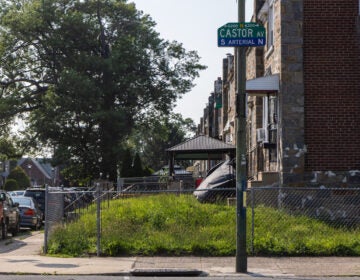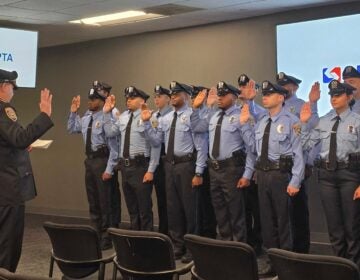Next to arrive on SEPTA: Real-time countdown clocks on BSL
SEPTA riders will soon be able to look at a sign in a train station and see in real time when trains are arriving, on time or otherwise.

An MTA countdown clock shows time until the next trains to arrive at the New York system's Bergen Street station in Brooklyn. (MTA)
Sunny Darty relies on SEPTA to get to work, hopping on the Market-Frankford Line with a transfer to the Broad Street Line. It’s a predictable commute for the West Philadelphia man. Except when it’s not.
Darty’s bosses understand when a train delay holds him up, but it’d be nice if SEPTA gave riders a heads-up on how long such delays would last, he says. It would help them adjust their travel plans.
“That would be very helpful,” Darty said. “At least it lets me know what’s going on instead of sitting up here, like, where is the next train.”
Soon riders like Darty will be able to see in real time when trains are arriving, on time or otherwise. SEPTA is in the process of implementing real-time countdown clocks at every subway and trolley stop.
“Our customers are demanding the information, better information on their trips,” said Bill Zebrowski, chief information officer for SEPTA. “Part of our goal is to provide more modern, better communications with our customers and more accurate information about when their trips will be.”
The project is part of a larger modernization project that began under the regime of former general manager Jeff Knueppel. The recently retired top boss recognized that SEPTA had to rethink its infrastructure to communicate effectively with riders in the age of the smartphone.
SEPTA spent about $6 million adding cellular modems to its buses and trolleys, to provide location data that could be used in real time on the SEPTA app. The new data could be refreshed every 30 seconds, an improvement from updates every three to seven minutes.
Subway trains require a different approach since they run underground, which leads to signal interference. The information would have to come from the train tracking system that feeds back to the centralized traffic control system at SEPTA headquarters.
But each line — Broad Street, Market-Frankford, and trolley — relies on a different system to track vehicles. So SEPTA contracted Alstom SA, a company whose system is used on the Market-Frankford Line, to unify the three trackers. Once the new system is in place, real-time information can be sent out to the stations via the signs.
SEPTA expects to have countdown clocks in all BSL stations by November. Signs on the Market-Frankford and trolley lines will go up in 2022.
The new signs will run on the old system while SEPTA figures out how to transition into the new real-time system. There is not yet a date set for the system launch.
Zebrowski said they’ll be running tests and tweaking some things to decide how to change over from the old system, which provides minimal information such as time, date, and manually entered updates.
“You don’t want to have conflicting different information at different locations … you want it to be consistent,” said Zebrowski. “So it’s really a matter of what we determine as we get closer to that time frame of how we’re going to roll this out to the public.”
WHYY is your source for fact-based, in-depth journalism and information. As a nonprofit organization, we rely on financial support from readers like you. Please give today.







